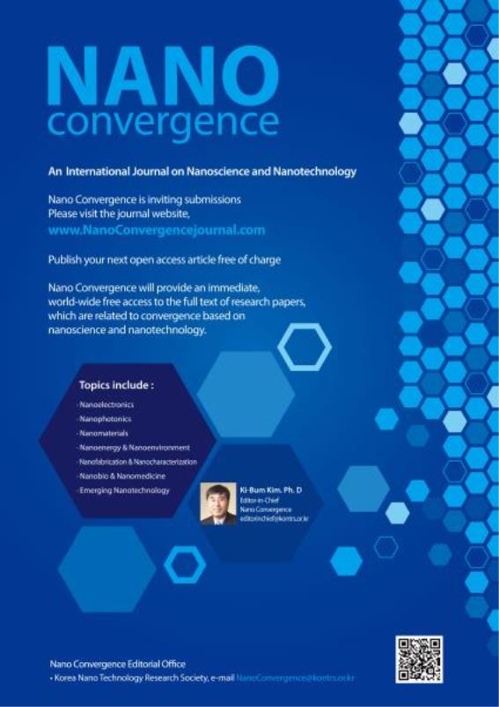Materials descriptors of machine learning to boost development of lithium-ion batteries
Abstract
Traditional methods for developing new materials are no longer sufficient to meet the needs of the human energy transition. Machine learning (ML) artificial intelligence (AI) and advancements have caused materials scientists to realize that using AI/ML to accelerate the development of new materials for batteries is a powerful potential tool. Although the use of certain fixed properties of materials as descriptors to act as a bridge between the two separate disciplines of AI and materials chemistry has been widely investigated, many of the descriptors lack universality and accuracy due to a lack of understanding of the mechanisms by which AI/ML operates. Therefore, understanding the underlying operational mechanisms and learning logic of AI/ML has become mandatory for materials scientists to develop more accurate descriptors. To address those challenges, this paper reviews previous work on AI, machine learning and materials descriptors and introduces the basic logic of AI and machine learning to help materials developers understand their operational mechanisms. Meanwhile, the paper also compares the accuracy of different descriptors and their advantages and disadvantages and highlights the great potential value of accurate descriptors in AI/machine learning applications for battery research, as well as the challenges of developing accurate material descriptors.
Graphical Abstract

 求助内容:
求助内容: 应助结果提醒方式:
应助结果提醒方式:


